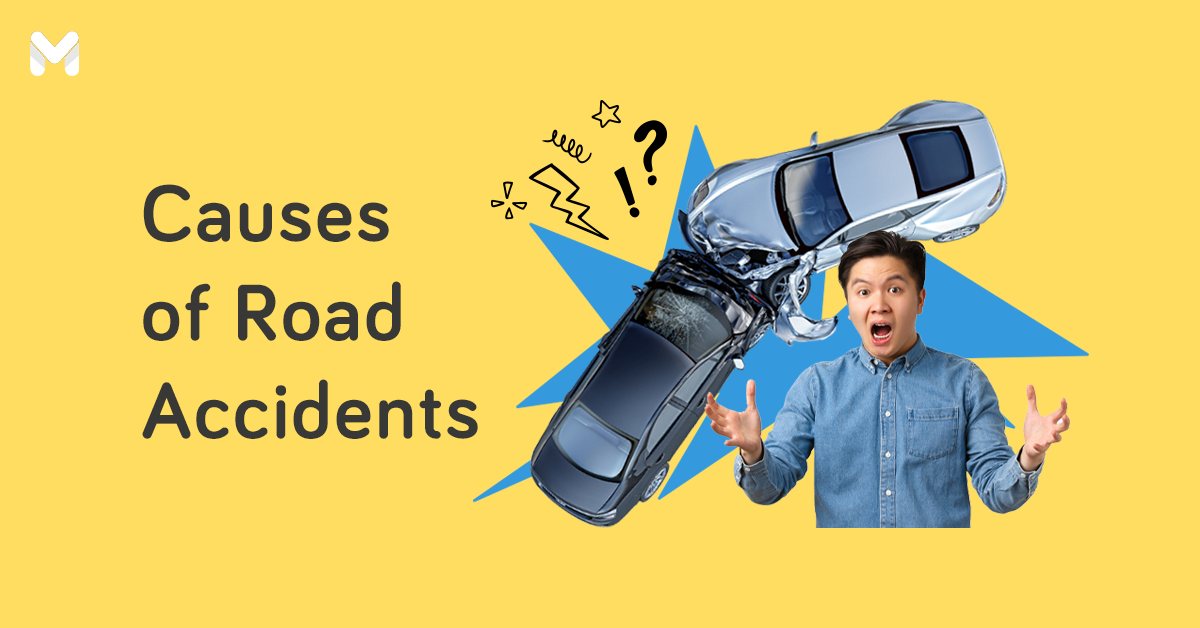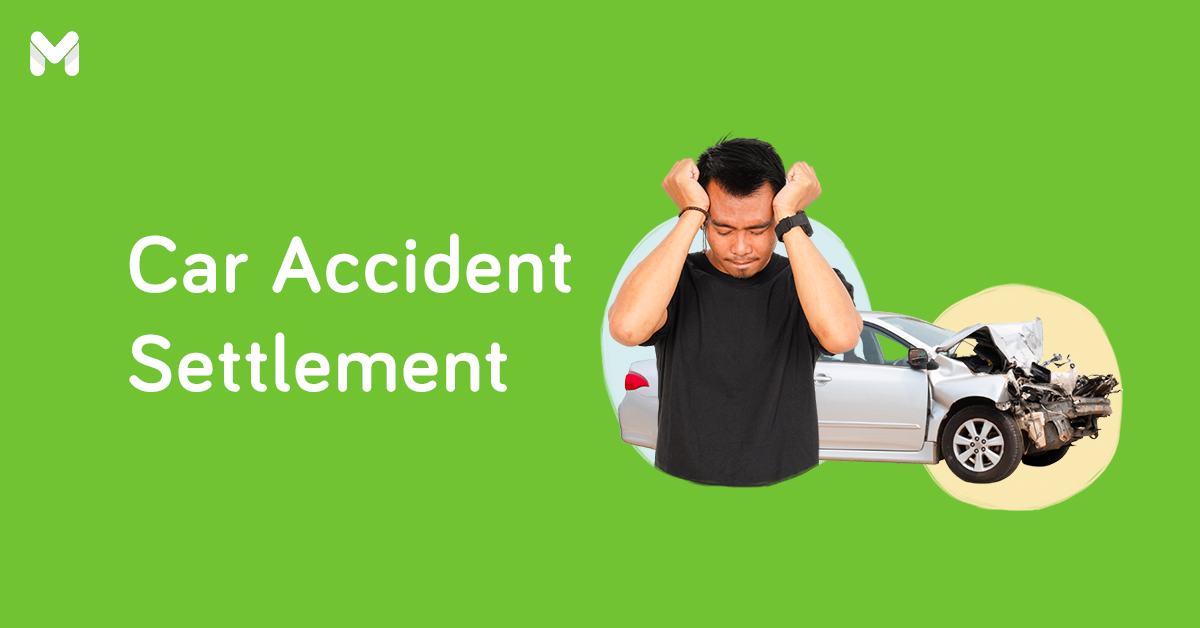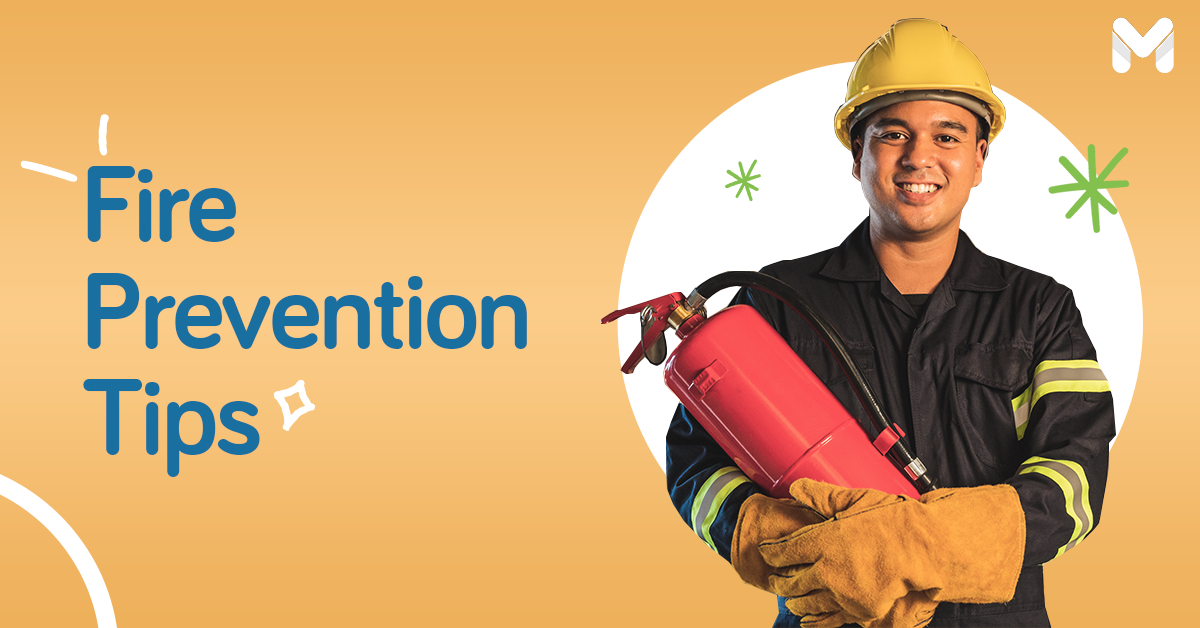When you go to driving school, you learn what to do and what not to do when navigating the road. By now, motorists know the basic driving laws. Republic Act No. 4136,[1] more commonly known as the Land Transportation and Traffic Code, contains all the traffic laws and provisions in the Philippines.
Of these laws, a good portion is generally known by the driving public. There are also less-known provisions that every motorist needs to know. This article will walk you through the provisions of the vehicular accident law in the Philippines and what you need to do if you're involved in one.
Vehicular Accident Law in the Philippines: 3 Provisions Drivers Must Know
Exceptions to the Right of Way Rule (Chapter IV, Article III, Section 43)
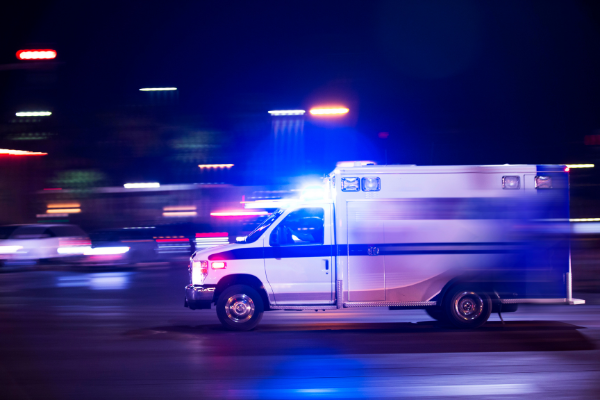
This section of the Land Transportation and Traffic Code states that under certain conditions, the right of way rule can be disregarded. Here’s an example:
“The driver of a vehicle upon a highway shall yield the right of way to police or fire department vehicles, and ambulances when such vehicles are operated on official business and the drivers thereof sound audible signal of their approach.”
This provision is also discussed later under Article V, Section 49, and it adds that people driving other vehicles must drive to and parallel to the right-hand edge or curb of the highway, clear of any intersection of highways, and stop there unless otherwise directed, and until the vehicles in question have passed.
Driver’s Duty in Case of Accidents (Chapter IV, Article V, Section 55)
In cases of an accident, the vehicular accident law in the Philippines provides for the duty of the driver should they be involved in an accident.
The Code states the following, specifically:
“In the event that any accident should occur as a result of the operation of a motor vehicle upon a highway, the driver present, shall show his driver’s license, give his true name and address, and give the true name and address of the owner of the motor vehicle.
Even in the case of an accident, there are exceptions to the rules. The same provision states that a driver should not leave the scene of the accident without aiding the victim unless under any of the following specific circumstances:
- If they’re in imminent danger of being seriously harmed by any person or persons by reason of the accident
- If he or she reports the incident to the nearest office of the law. A driver may leave the scene to report the accident to the nearest police station or MMDA outpost. It may be easier to contact the authorities with the existence of the Emergency 911 Hotline instead.
- If he or she has to summon a physician or nurse to aid the victim. As above, one may leave the scene of an accident to request aid for the victim at the nearest emergency room, or through the emergency hotlines.
Rules Against Reckless Driving (Chapter IV, Article V, Section 48)
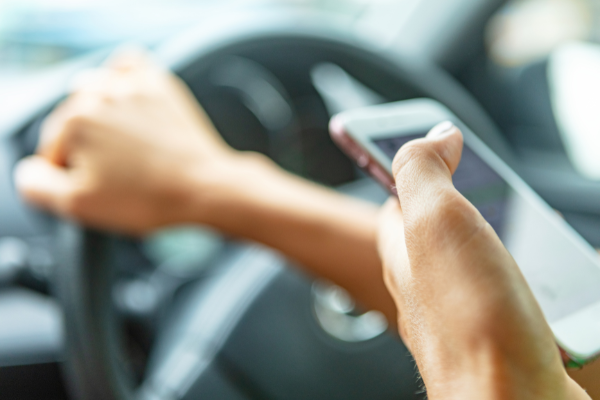
Under RA 4136, no one should operate a vehicle on any highway without due caution and consideration for the conditions of the road and weather. This includes paying attention to the width and traffic of the highway, as well as any crossing, curvatures, or other hazards. Failing to do so endangers not only the driver but also any pedestrians or property in the vicinity.
Additionally, operating a vehicle in such a way that can cause extensive damage to the highway is also illegal and punishable. Therefore, any manner of driving that will endanger the safety of other motorists, pedestrians, pedestrians, and highways is included.
The Speed Limit Law[2] (under Chapter IV, Article I of the Land Transportation and Traffic Code) is a car accident law in the Philippines that’s related to reckless driving. Driving above the speed limit is illegal, whether there’s a posted speed limit sign or not.
Drunk driving and distracted driving are also considered forms of reckless driving. Driving while under the influence of alcohol or drugs and driving while using a cellphone or other handheld device put the motorist and others at risk and can result in accidents, injuries, and even death.

Who is Liable in a Car Accident in the Philippines? Here’s What the Law States
The assumption that the driver of the larger vehicle is always at fault or liable in a car accident is not accurate. There’s no clause or section stating that this should be the case. There must be evidence and an analysis of the incident to establish who is responsible.
Many other factors contribute to an accident. That’s why it’s important to always consult with an expert to seek legal advice for a vehicular accident in the Philippines. Also, follow the duty of the driver in case of an accident as stated above.
There are two primary presumptions of negligence when it comes to car accidents.
The first is if the driver was violating traffic regulations at the time of the accident. The second is if the driver has been found guilty of violating traffic regulations and of reckless driving at least twice within the two months prior to the accident.
In both cases, evidence is needed to support the claim of negligence. If there’s no evidence, then the presumption doesn’t hold. These presumptions are important because they help determine who is at fault in an accident and who may be liable for damages.
What Should I Do in Case of a Car Accident in the Philippines?
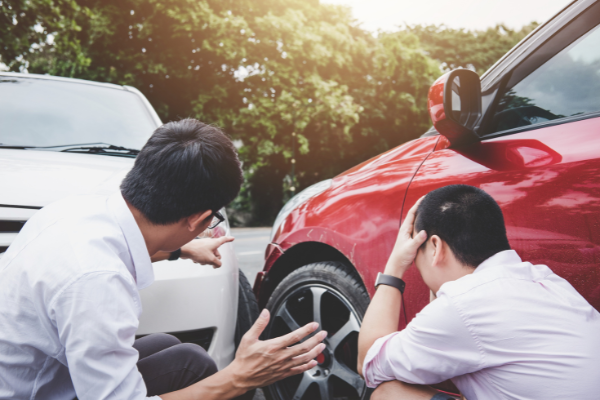
Here are the updated MMDA guidelines[3] in case you get involved in a car accident. These include what motorists should do both in minor and major accidents.
Think of Your Safety First
If you're involved in a car accident in the Philippines, the first thing you should do is check for injuries and make sure everyone is safe. Once you've done that, take some photos of the accident scene. This will be helpful later on if you need to file a claim or report the accident to your insurance company.
Avoid Disrupting the Flow of Traffic
If you're involved in a car accident, don't panic. It's natural to be shaken up after an accident, but just stay calm and think clearly. After taking necessary photos as evidence, if possible, move your car to the side of the road so that you're not blocking traffic.
Turn on your hazard lights so that other drivers can see you, and if you have flares or cones, you can use them to further warn approaching traffic. Next, call the MMDA Hotline 136 and ask for help. Don’t leave the scene of an accident until you agreed on a solution that’s beneficial for both parties.
Try to Settle Amicably with the Other Driver
Once the adrenaline rush has subsided, remain calm yet mindful of the situation. Talk to the other affected motorist and get their name, address, contact information, and insurance details.
Try to reach an amicable settlement. If it isn’t possible, call the MMDA Hotline 136 or 882-0860 and ask for traffic enforcers or investigators to be sent to the scene immediately. Remain at the scene until you're given clearance to leave by the authorities.
Call Your Car Insurance Provider for Repairs
After you've called the police and assessed the situation, check the damage to your vehicle and try to call your insurance agent for the needed repairs while you’re still on the scene.
Don’t forget to collect all the information you need, which you can use for filing reports and for claiming insurance.
After these things, you may also want to consider speaking with a lawyer to get legal advice and check for any available legal options. Taking these steps will help ensure you’ll fully recover from the vehicular accident financially and emotionally.
What Happens If There’s No Amicable Settlement in a Car Accident?
If you don’t reach a settlement with the other party after an accident, a few things can happen.
First, if you have insurance, your insurance company may cover the cost of the damage. However, if your car isn’t insured or if your insurance doesn’t cover the full cost of the damage, you’ll have to pay out of your pocket.
Additionally, the other driver may sue you for damages. If you’re found to be at fault for the accident, you may be required to pay for the other driver's medical expenses, property damage, and other fees.
As such, enough car insurance coverage to protect yourself financially in an accident. Alternatively, you could reach a settlement with the other driver in which you agree to pay for certain damages. This can help to avoid a lengthy and expensive court battle.
Final Thoughts
Motorists in the Philippines should be aware of the vehicular accident law in the Philippines and what to do when they’re involved in an accident. Although it’s always best to avoid accidents by being cautious on the road, motorists should know there are exceptions to the right of way rule, and specific duties that must be carried out in case an accident does occur.
In most cases in the Philippines, the driver who caused the vehicular accident is liable for damages. If you’re the aggrieved party, seek legal advice and assistance to ensure you get the compensation you deserve. When faced with an unfortunate car accident, remember to stay calm and be mindful of the situation, so you can make smart decisions when trying to settle with the other driver.

Sources:
- [1] Republic Act No. 4136 (Official Gazette)
- [2] What you need to know about speed limits in the Philippines (Rappler, 2017)
- [3] What to Do During Vehicular Accidents (MMDA, 2022)







